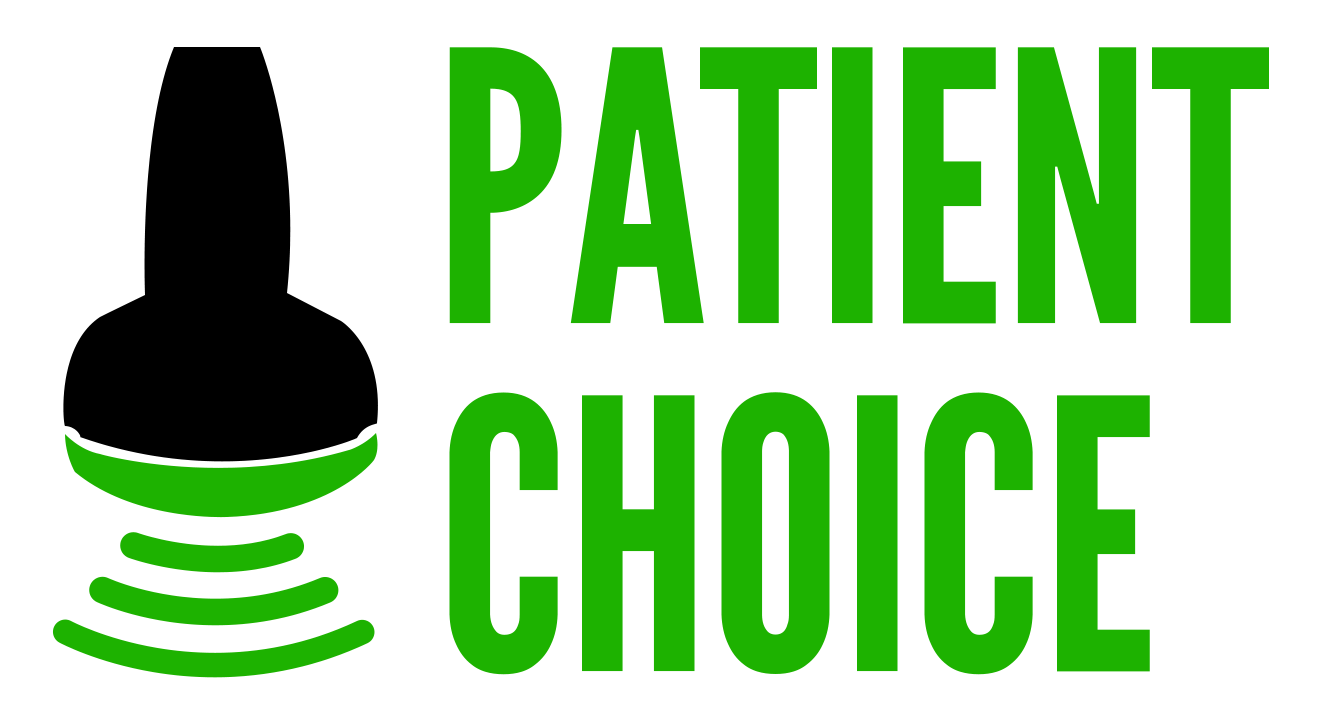Services
Mycotoxins & Mold Evaluation
Toxins abound in our environment, ranging from pesticides to polychlorinated biphenyls (PCBs) to heavy metals, taxing our bodies and immune systems as they attempt to clear these toxic compounds. Mold, a poison that can hide in plain sight or scent in our own houses, can cause havoc if not properly removed from both our interior environment and our bodies.
Mold toxicity, a type of chronic inflammatory response syndrome, can occur as a result of a single exposure—or, more typically, a sustained exposure from a single source—to a structure or residence that has experienced water damage or just enough moisture to trigger mold growth.
Mold, on the other hand, may grow in any damp environment, including textiles, furniture, and paper items. The toxins present as a result of mold, regardless of the source, can have a devastating harmful influence on your health.
- Fatigue and weakness
- Headache
- Memory issues and other cognitive issues
- Skin-related issues like tingling, numbness or skin rashes
- Respiratory issues like a sudden chronic cough, shortness of breath, chronic sinusitis or asthma
- Changes in appetite
- Digestive issues like abdominal pain, diarrhea or bloating
- Chronic inflammation
Mold & Mycotoxins Toxicity Q & A
Chronic Inflammatory Response Syndrome occurs when a genetically vulnerable person is exposed to a biotoxin and becomes chronically unwell over a long period of time. The most significant exposures are to a wide range of biotoxins and inflammagens present in a water-damaged structure or residence. This happens a lot more frequently than you may believe. According to the World Health Organization, water damage affects 50% of all buildings and dwellings in the United States. Toxins associated with Lyme disease are another common reason. Other causes of CIRS exist, but for the time being, the two most well-known are living or working in a water-damaged structure or having Lyme disease.
Indoor mold is toxin-producing the majority of the time due to the nature of construction materials, the treatment of conventional drywall, and the “tightness” of home construction. Toxic mold will grow if there is a water incursion that is not completely cleaned up within 48 hours.
Symptoms of allergies, such as runny nose, sneezing, coughing, and wheezing, are distinct from those of CIRS, or chronic inflammatory response syndrome. Other “biotoxins” such as Lyme or Blue-green algae can cause CIRS, but mold toxins cause (or contribute to) the majority of cases.
A Mold Evaluation or mold test, will tell you if your body has elevated levels of mold.
Exposure to fungus and their spores causes biotoxin illness (Chronic Inflammatory Response Syndrome, or CIRS). Biotoxin Illness includes mold illness as a subcategory.
You may become sick if, specifically:
- There are high concentrations of mold in your environment (home, office, etc.) or food
- You’re genetically predisposed to have severe reactions to mold
- The mold is toxigenic and makes mycotoxins spread by its spores
Allergy symptoms are frequently triggered by mold exposure. Depending on whether you have pre-existing respiratory diseases or seasonal allergies, these symptoms may vary:
- red or watery eyes
- runny nose
- rash
- wheezing
- sinus inflammation
- persistent cough
- headaches
- fatigue
Mold Toxicity can be detected using a series of blood tests, such as one that looks for low vasoactive intestinal polypeptide, which is produced by the hypothalamus but is inhibited by mold.
Ready to get started? Schedule your consultation today!
We work with you to design a treatment plan that best matches your personal health goals. It’s not just about treating specific conditions, but rather helping you lead an optimally healthy lifestyle.
Who Should Consider Mold or Mycotoxin Testing?
Around 25% of the population has a genetic variation that prevents their immune system from recognizing and eliminating mold toxins, causing them to persist until we can detect and remove them with the help of your functional practitioner. Mold toxins are highly poisonous, and they can damage our detox pathways as they go through our organs, producing congestion and impaired organ function in the remaining 75% of us.
We can open up those detox pathways and support organ function while getting toxins out of the body through various sorts of support. We can test the body in a variety of ways to detect if mold toxins are present and if they have caused biochemical changes.
I think I may have mold biotoxin illness. What do I do now?
If your cold or flu-like symptoms don’t go away, it’s time to see a doctor. Even if you aren’t aware that mold could be the source of your problems, a doctor may be able to link your symptoms to CIRS. The doctor may want to know if you’ve had any of the more significant side effects of mold exposure. These are some of them:
- Perplexity and disorientation
- Chronic tiredness and weakness
- Headaches
- Delays and challenges in cognition
- Bright light hypersensitivity
- Vertigo and lightheadedness
- Asthma or other chronic respiratory diseases
- Muscle aches, cramps, or joint pains
